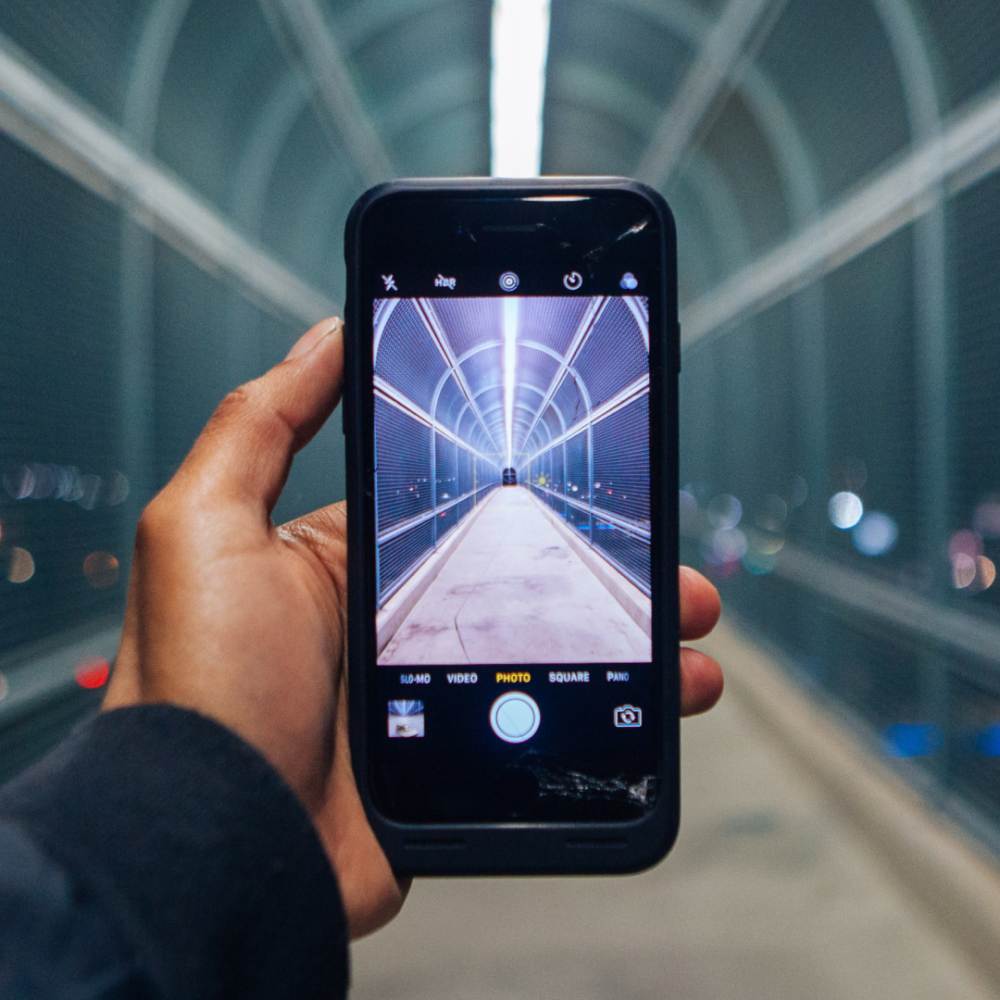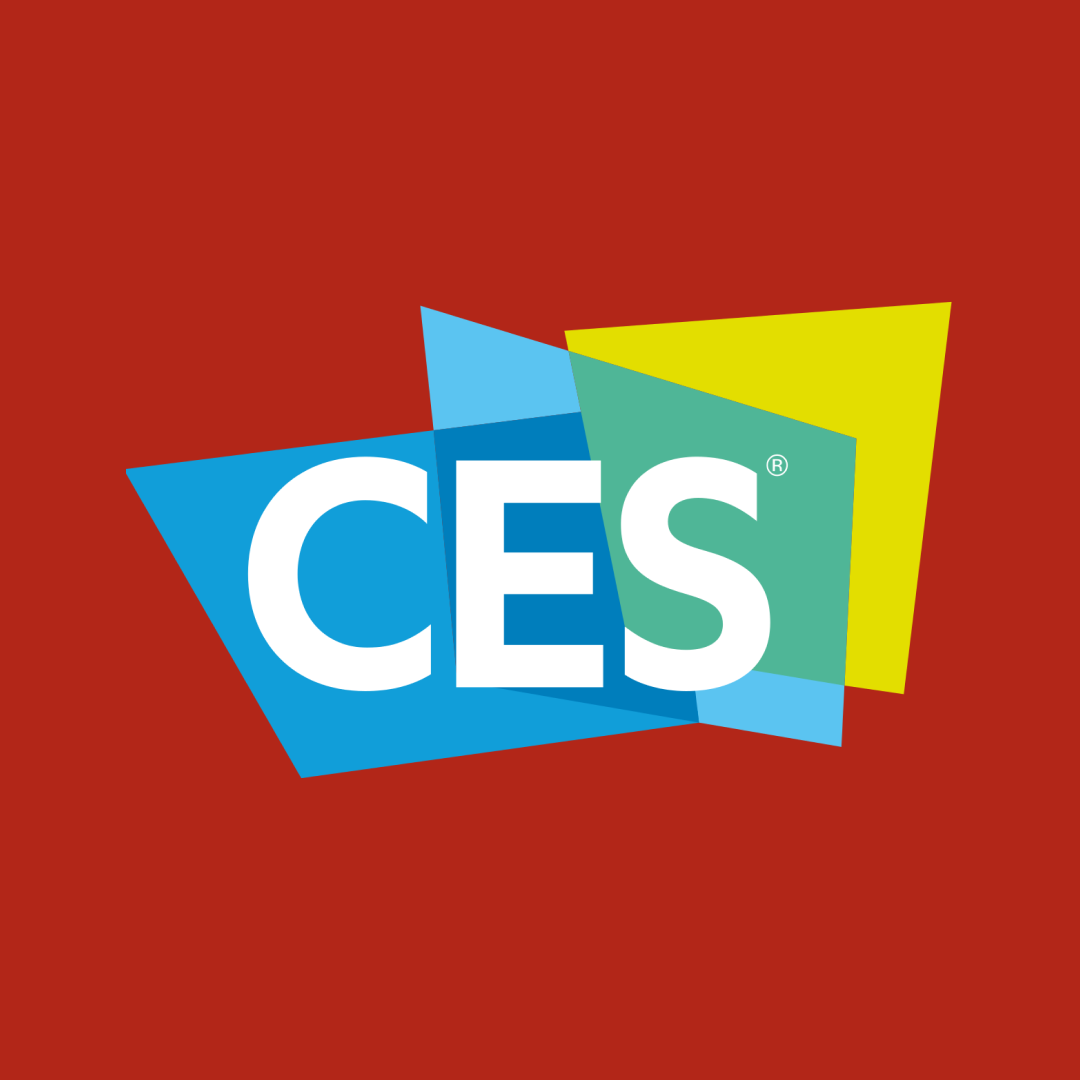Up to 90% of marketers think appearing next to unsuitable content impacts a brand’s reputation1. Building a brand suitability strategy is essential. But where do you start?
Brand suitability takes a little more thought than brand safety. Brand Safety is about avoiding content that people universally agree should be blocked. Think sexually suggestive, profanity riddled, drug-related or violent content.
On the other hand, brand suitability is all about the content which, while brand safe, may not be appropriate for a specific brand. Every brand has a unique image, customer base and even geo-location. Those all factor into their brand suitability profile.
Think ASMR, pranks, or slime. As we closed out 2020, ASMR counted amongst the most highly viewed channels and videos of the year. But this Internet oddity doesn’t work for every advertiser.
We put together 5 tips to help brands build out their brand suitability strategy.
Tip 1 – Determine the type of content that makes the most sense for your brand
Ask yourself – what audience are we looking to connect with? What types of content might they be watching, and don’t just focus on the obvious stuff. If you’re an auto brand, car buyers may well be watching auto content. However, when launching your new SUV spot, you’re likely considering content new parents might be watching.
Begin by picking 5 channels or videos that you want to surround. Use that as a starting point to build an inclusion list. Companies like Channel Factory use algorithms designed to take that selection of videos and scale them up. We turn them into contextually aligned, brand suitability optimized lookalike video and channel lists you can run ads against.
Tip 2 – What does your brand want to avoid specifically?
Most brands stand for something, and have a sense of mission, culture, and values. Think about your brand values and what type of content may not make sense for you. That’ll become your brand suitability profile. Are you an auto brand that does not want to appear next to alcohol content, for example? It’s best to echo your brand values in the content you choose to run ads on and stay away from any themes that may be harmful.
Tip 3 – Think about the types of content that you would consider suitable versus those you would not
Have a think about content which, while brand safe, might be brand unsuitable specifically for your brand. Examples may include ASMR, pranks, video games, music with expletives, primitive/hunting, slime etc.
While a lot of this is harmless, entertaining content, always be thinking:– if my ad showed up before, during or after this video, what would that association say about my brand?
Tip 4 – Tailor
Brands in multiple markets will want to tailor their strategy by considering local language and cultural factors. Countries like Italy take a much more relaxed approach to nudity, for example, so running ads against slightly racier content might be fine for your brand’s strategy there, but when building your U.S. media plan, that content may be struck. It’s the beauty of culture that it’s so different everywhere – but that same diversity can endanger brands taking a one-size-fits-all approach to their brand suitability profile.
Tip 5 – Consider any applicable laws
Each country has its own laws and advertising standards and that can impact brand suitability. Make sure to be read up on national/regional laws and industry trade bodies who might put limits on the sorts of things you can claim. That might also include what audiences you can target. For example, in the US COPPA laws govern how brands can advertise to kids and LDA laws govern alcohol marketing. Be sure your inclusion list avoids any legal pitfalls around certain audiences and content.
Added Value Tip – Select the Right Partner
Not all media plans are created equal. YouTube contains a lot of video content: sorting, categorizing and evaluating each video and channel’s brand suitability requires sophisticated technology. It only takes one ad to cause headaches for your brand, so choose wisely.










